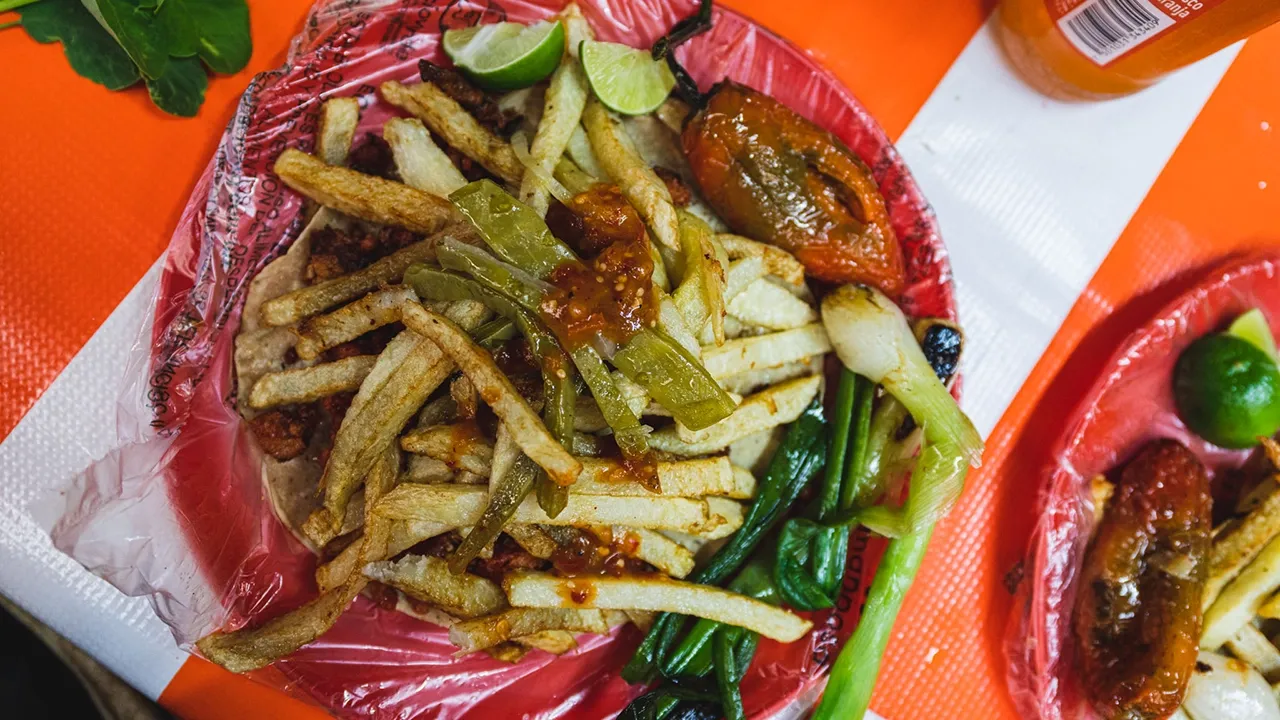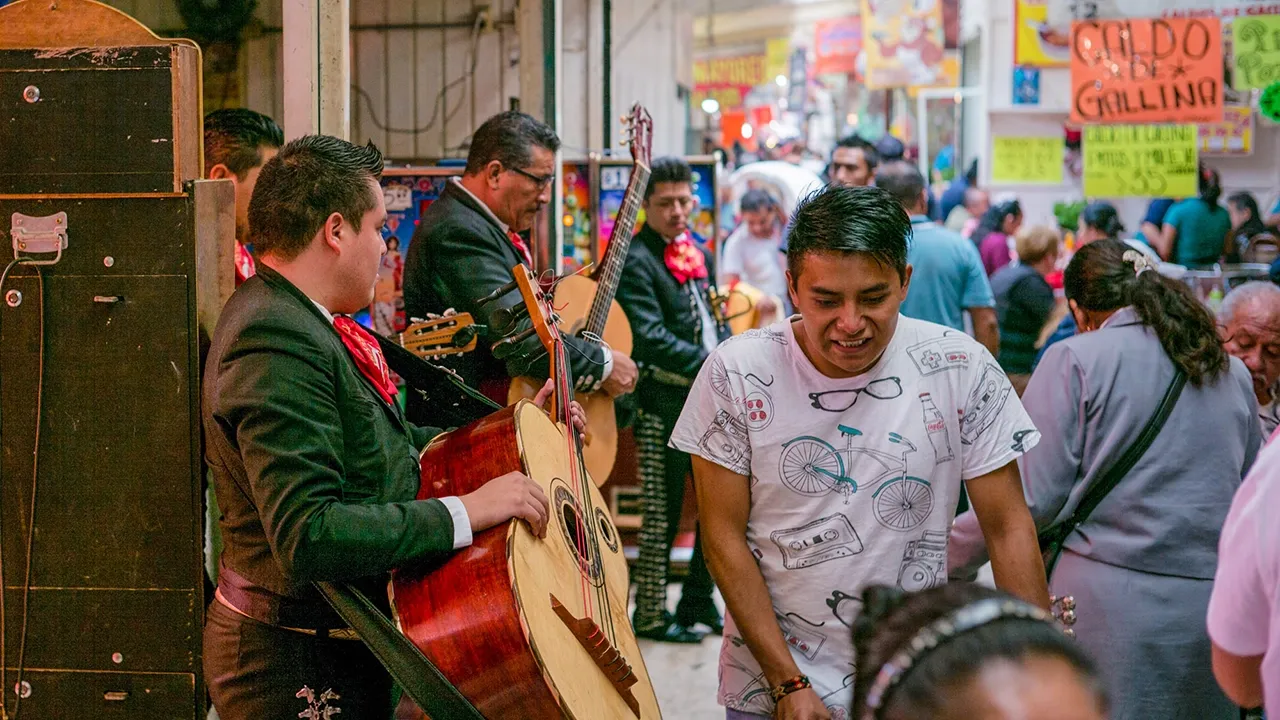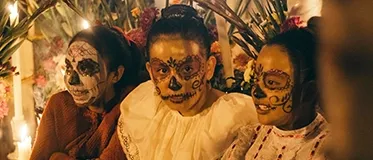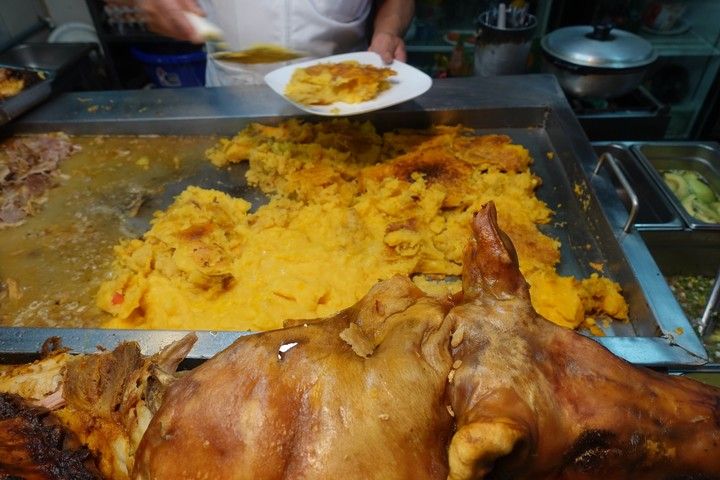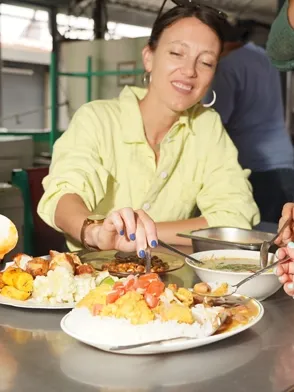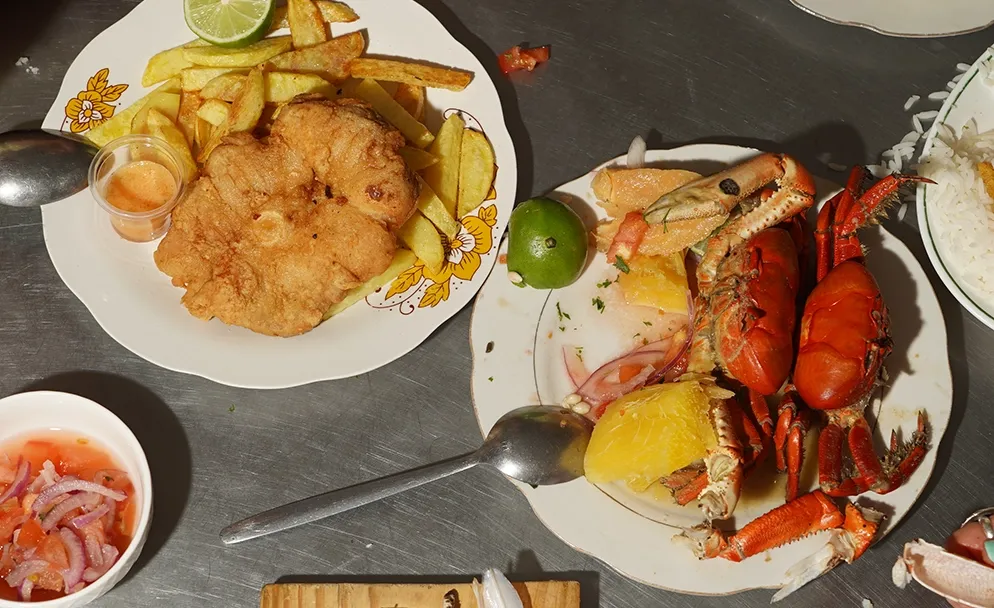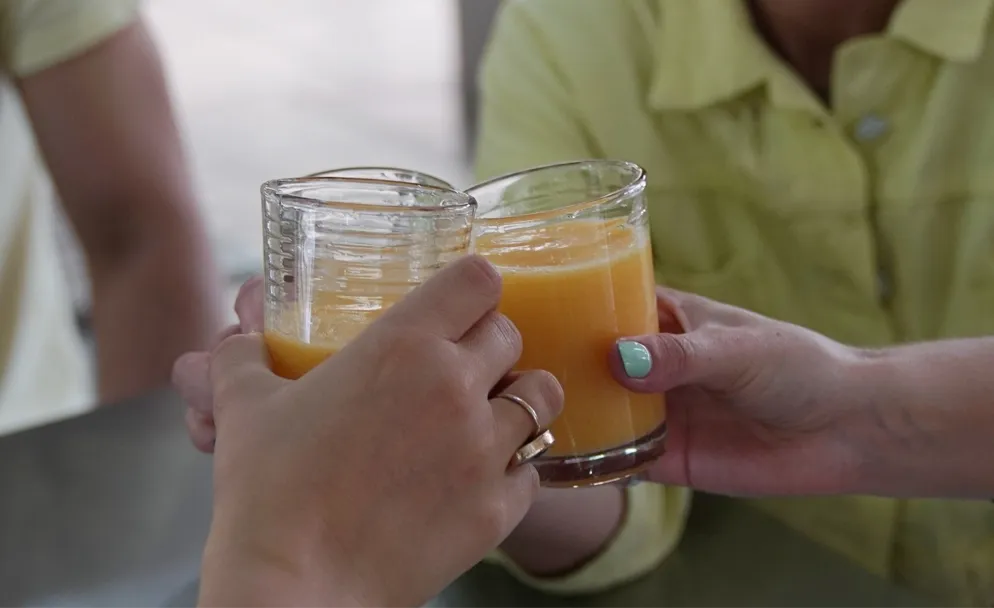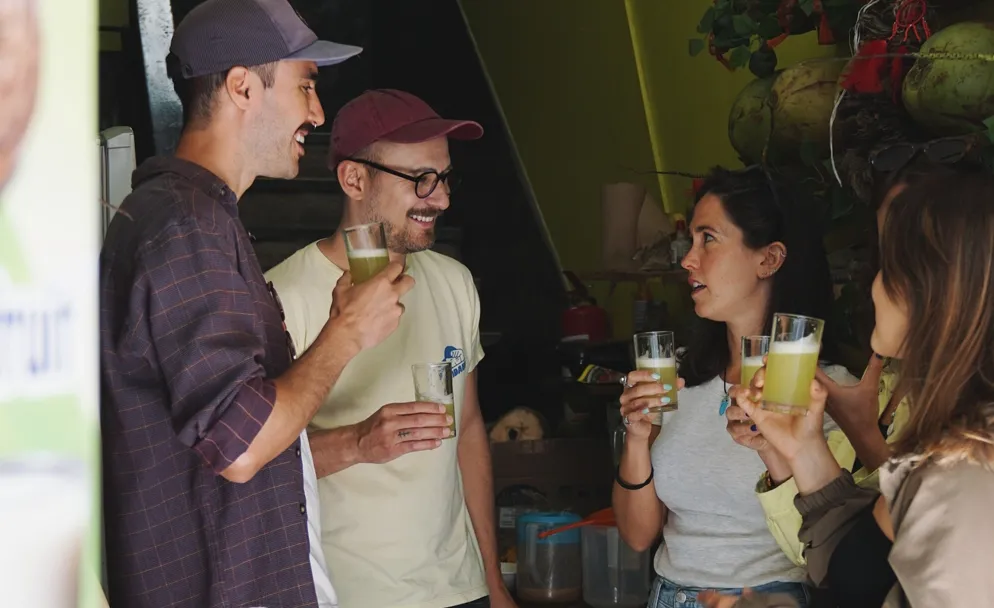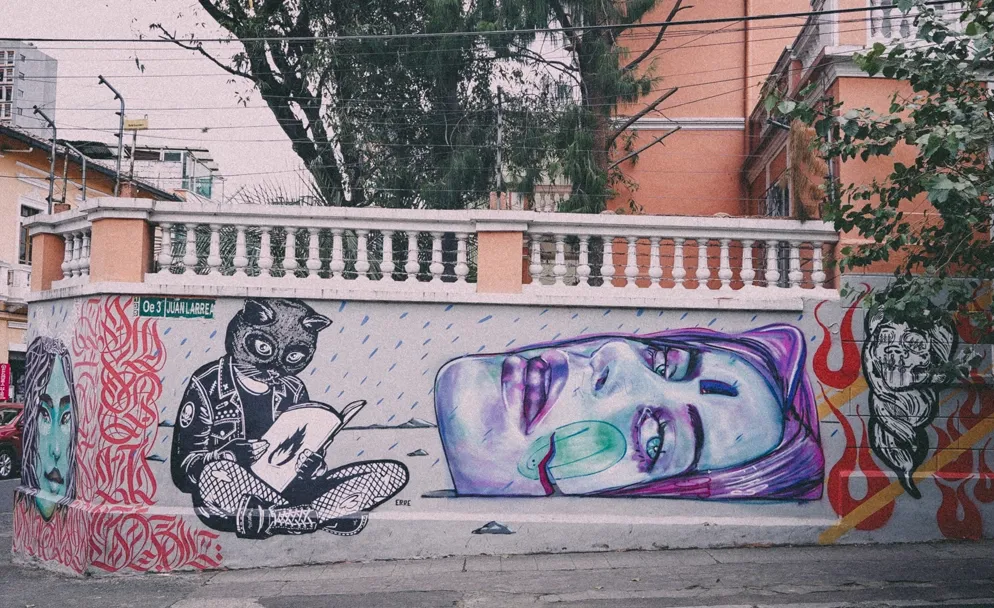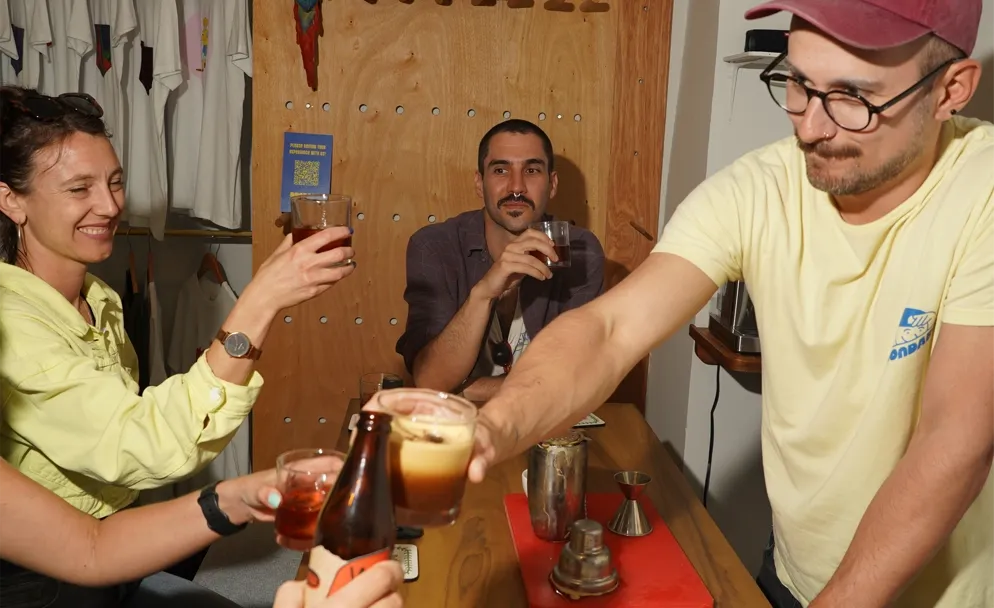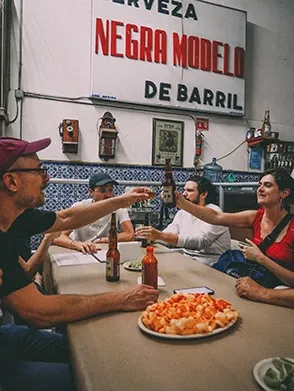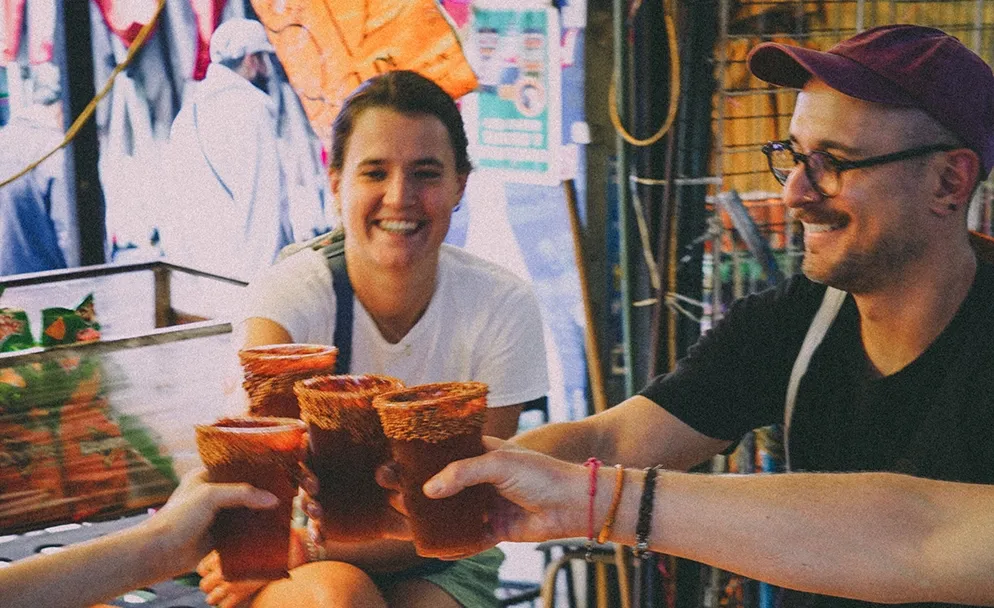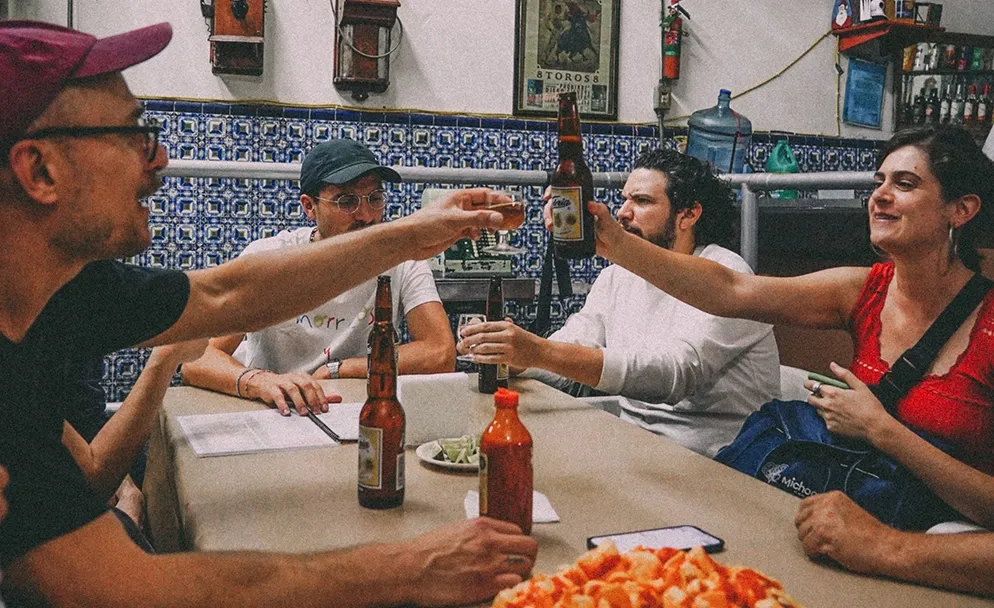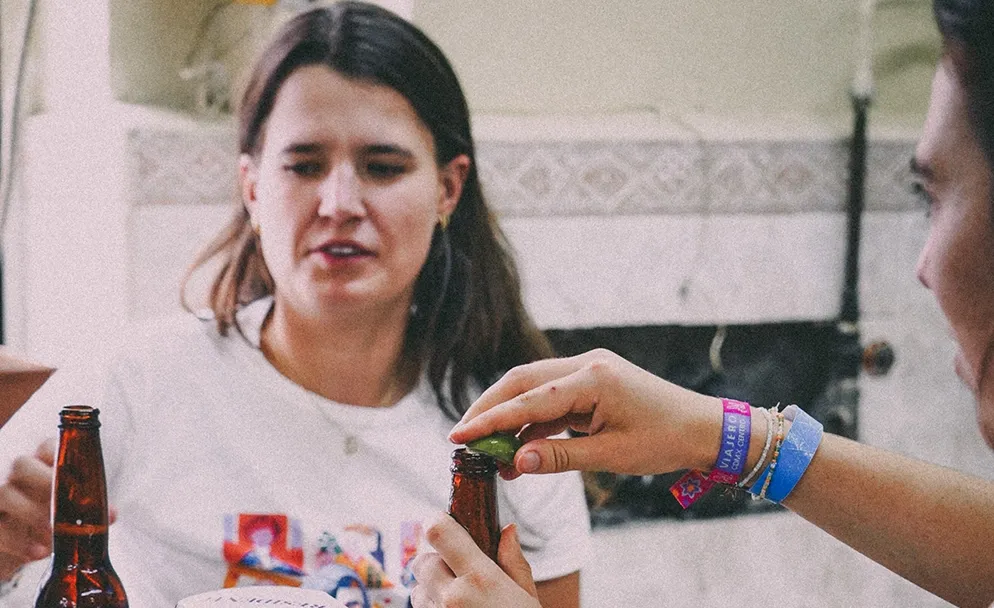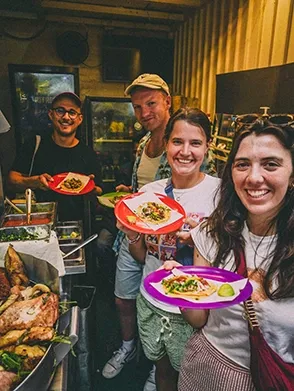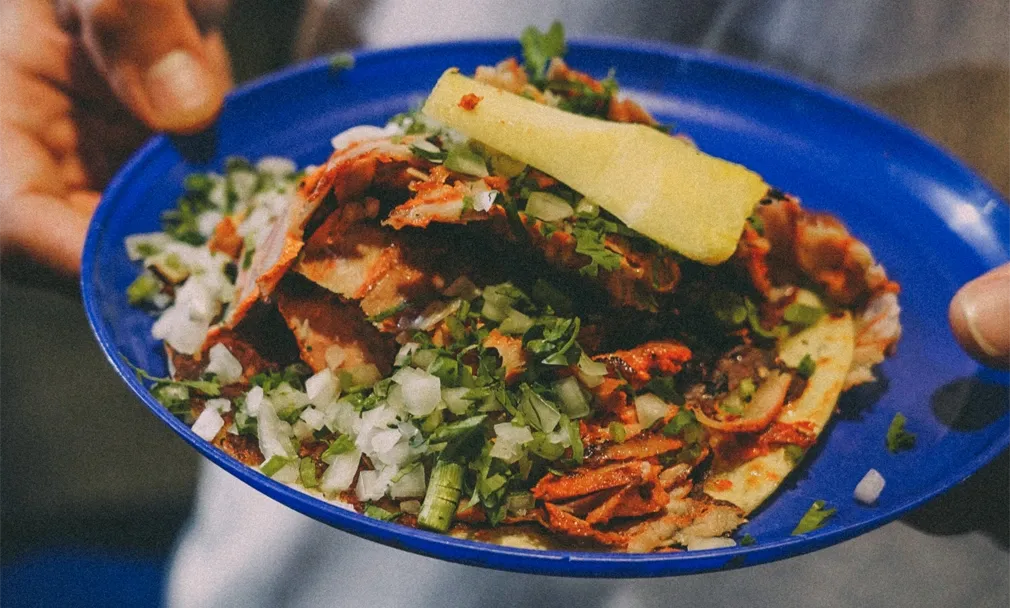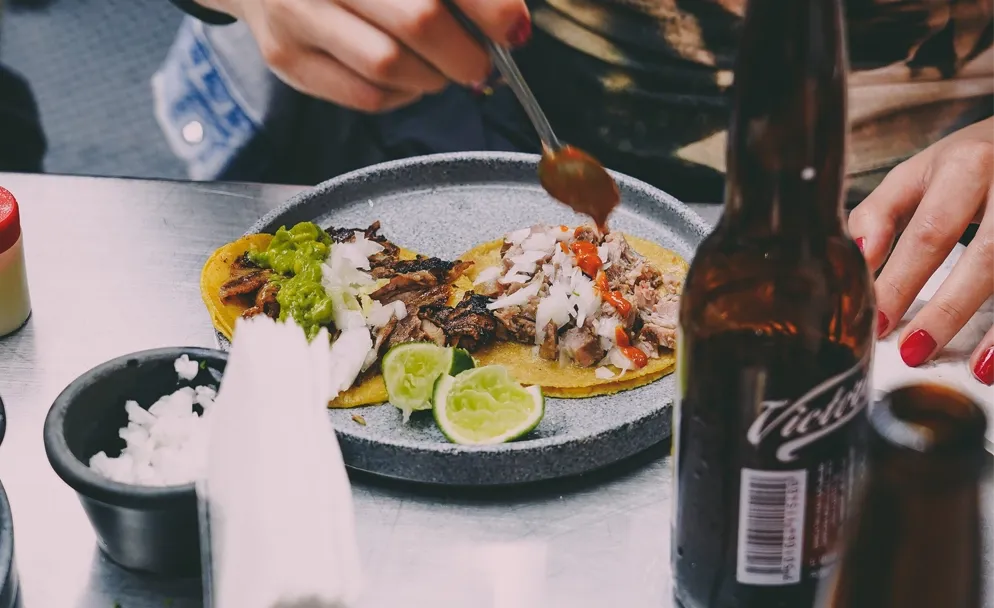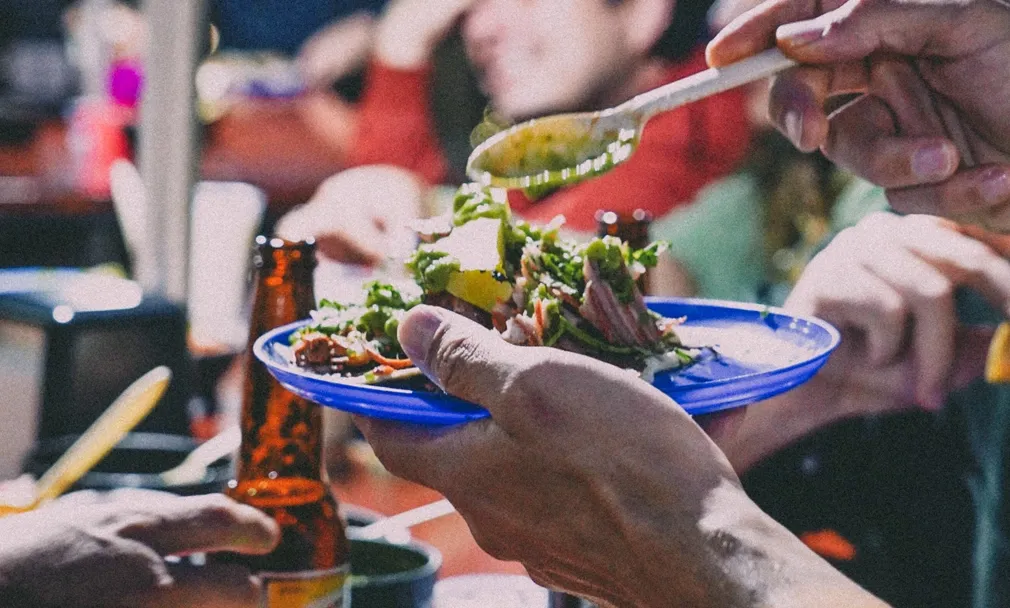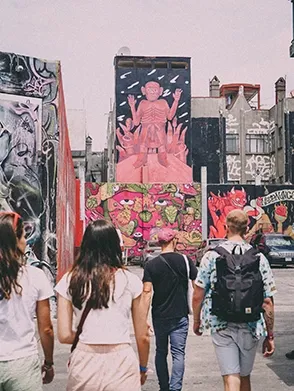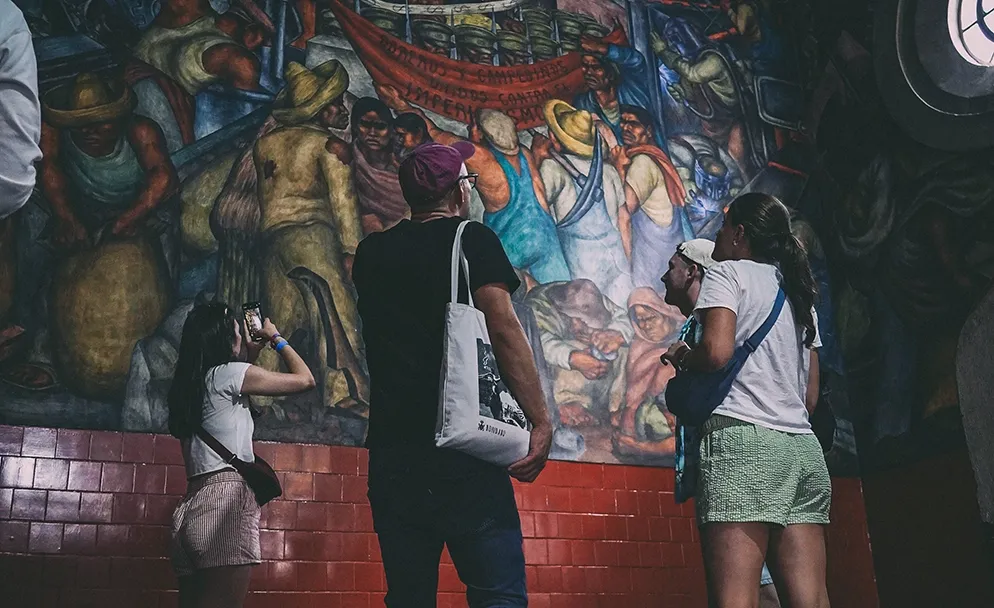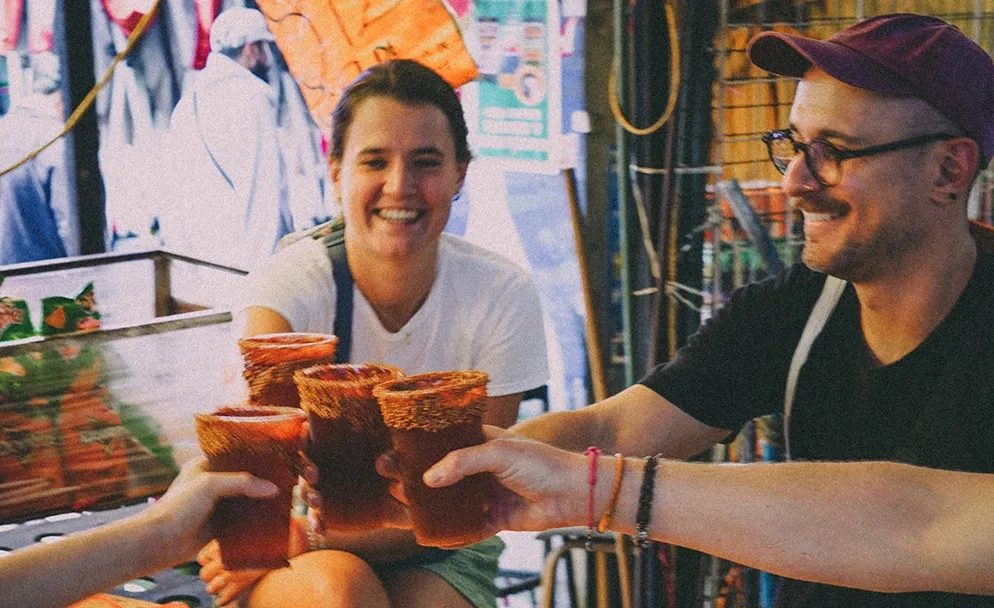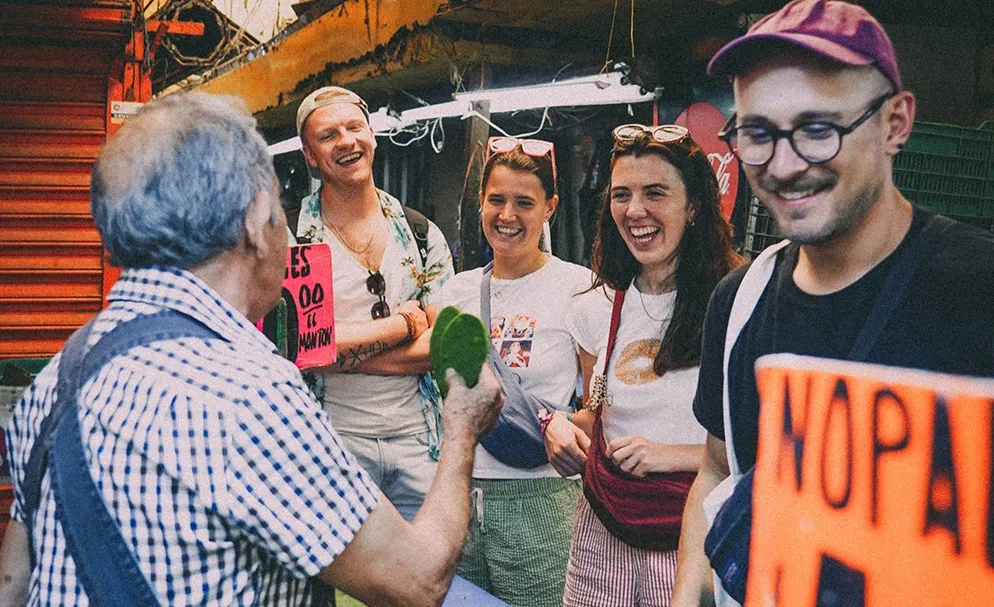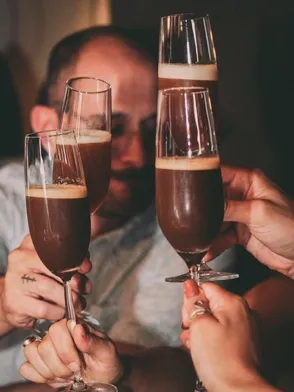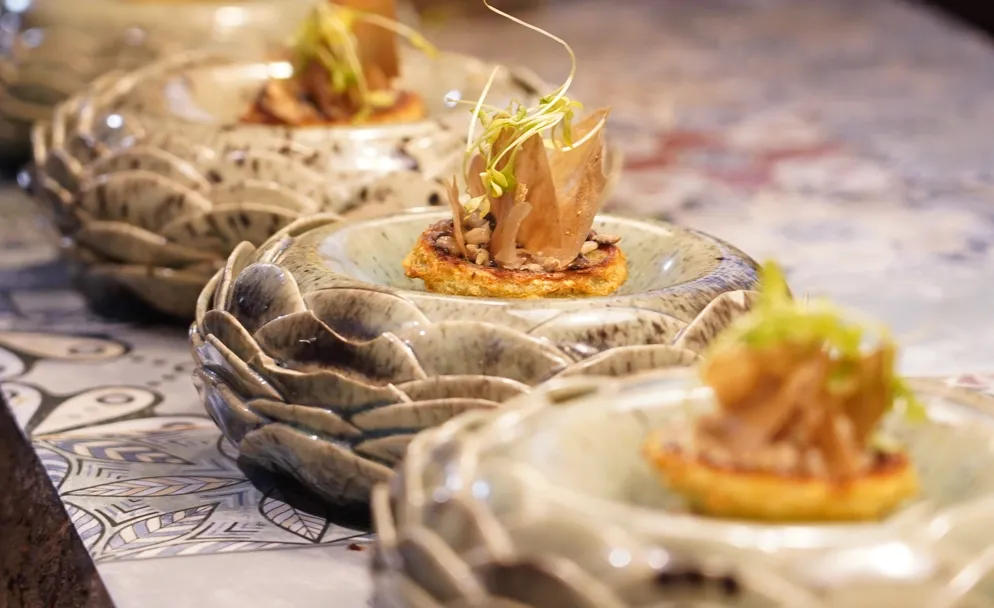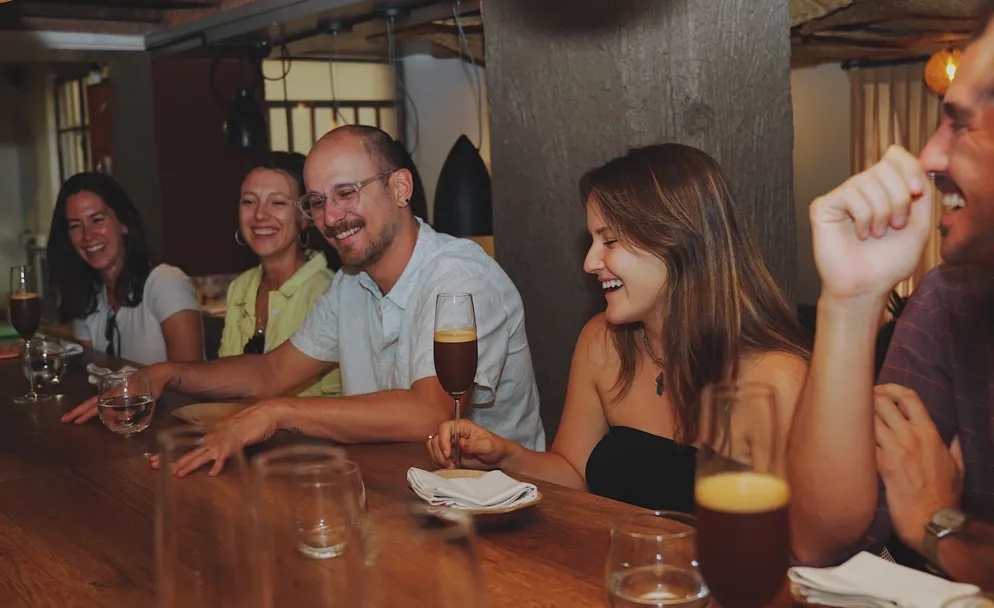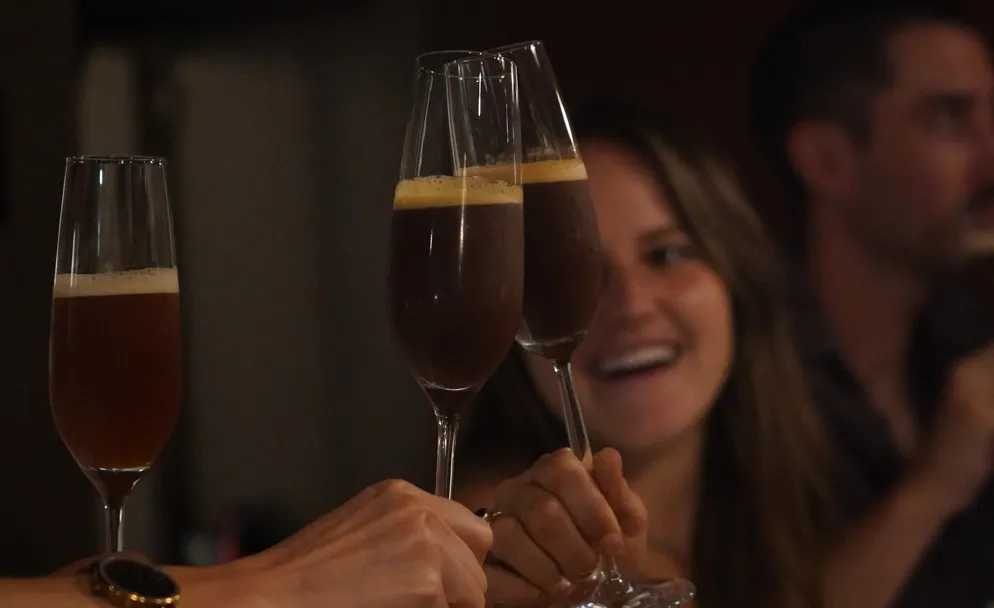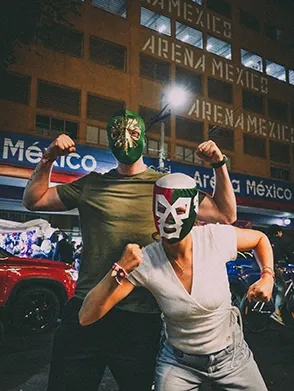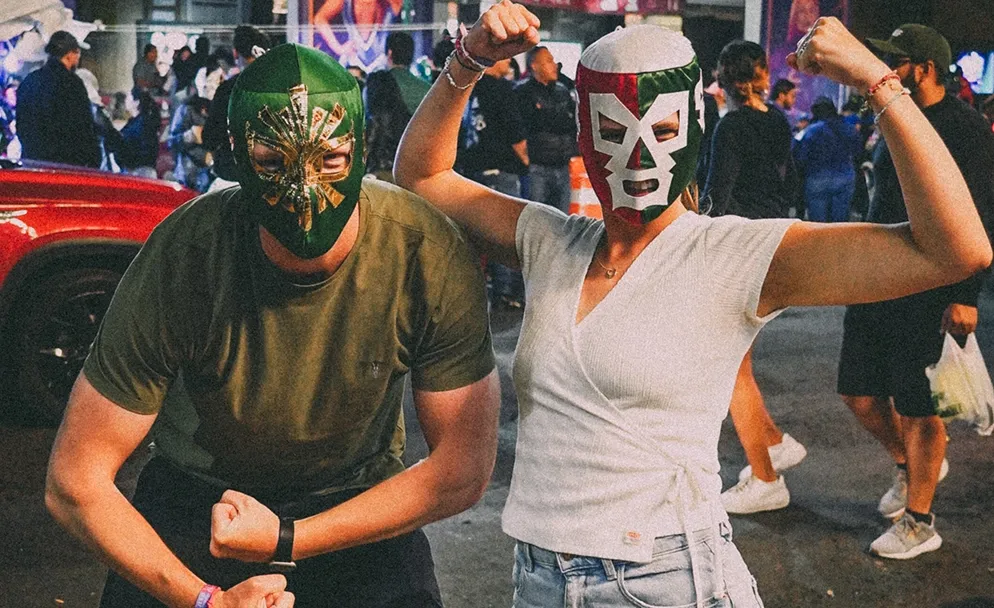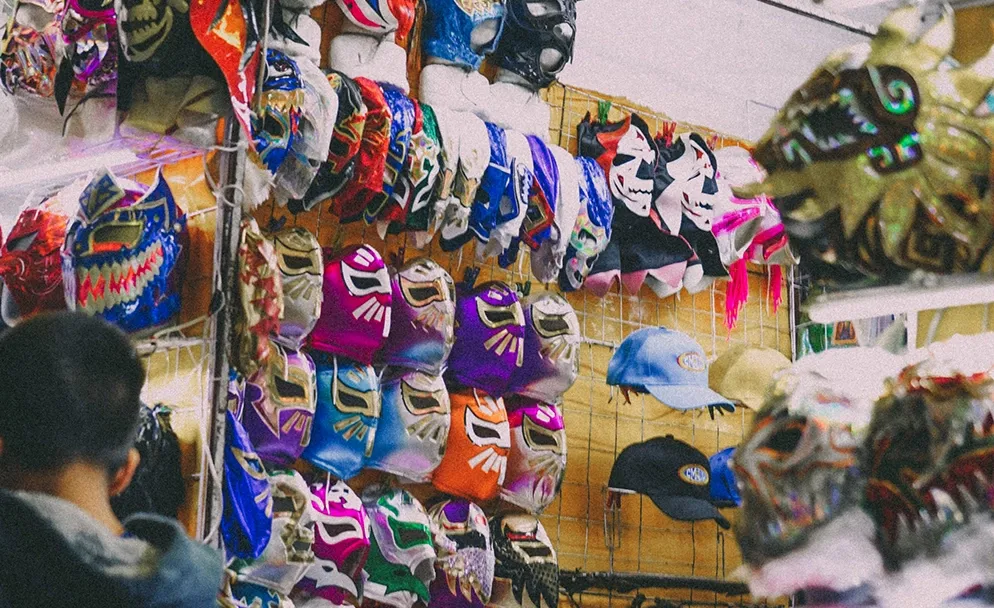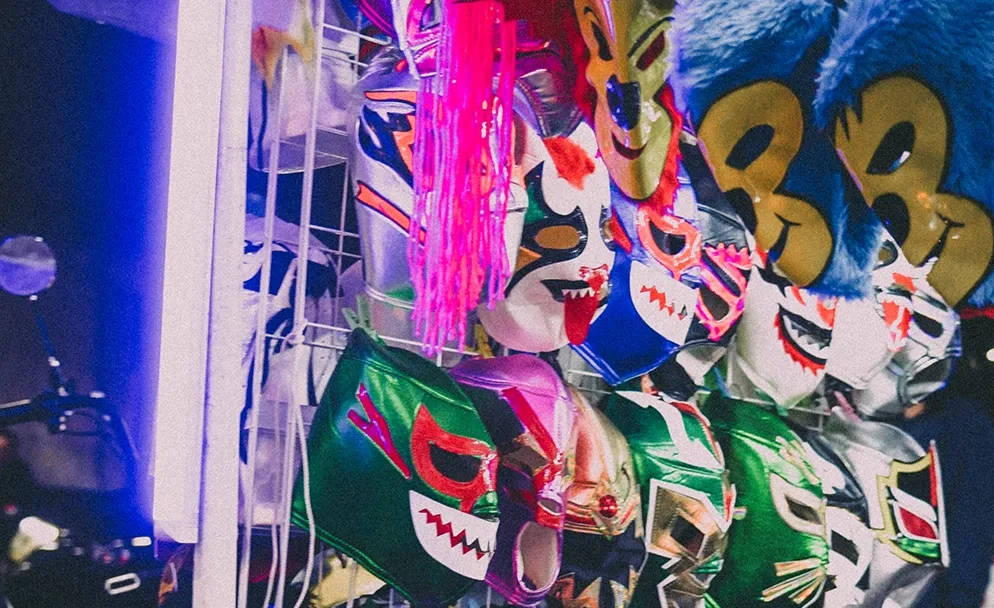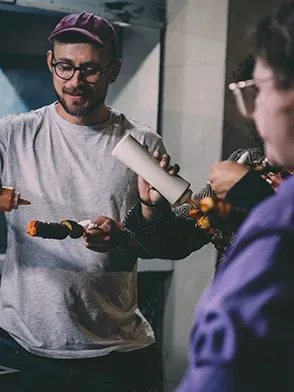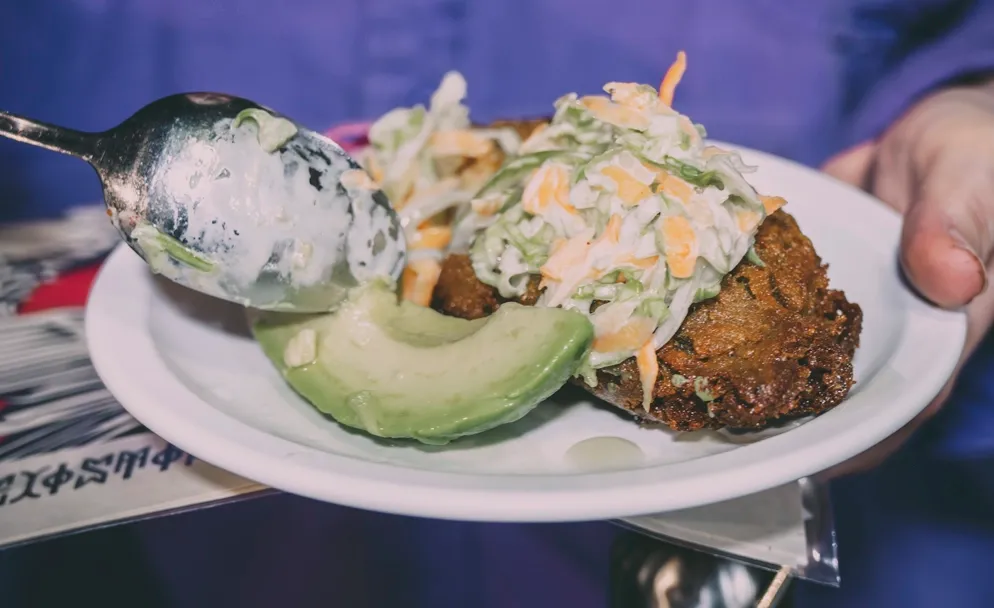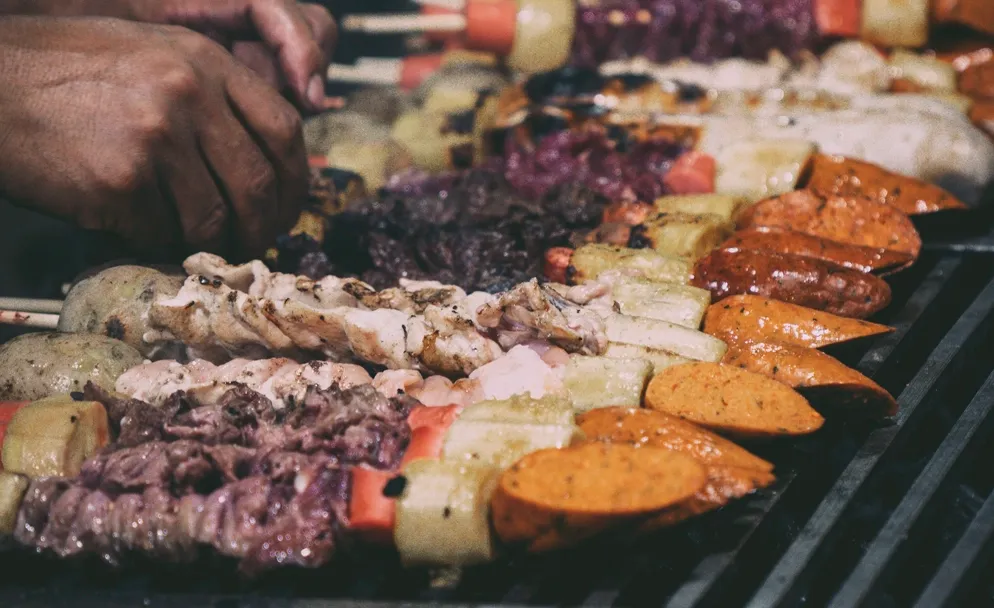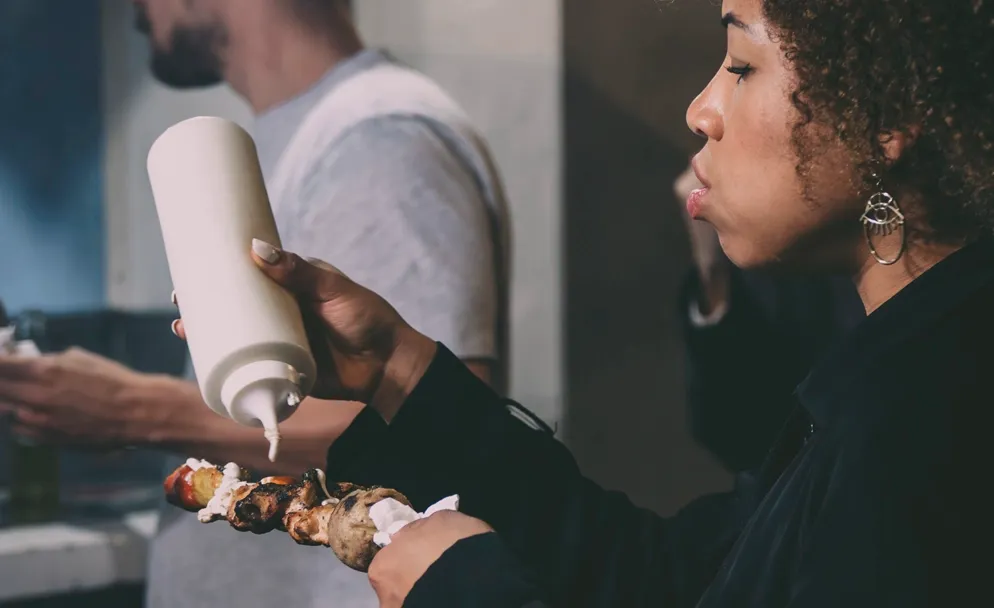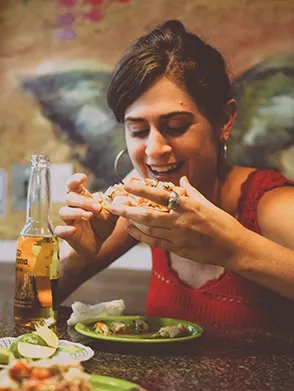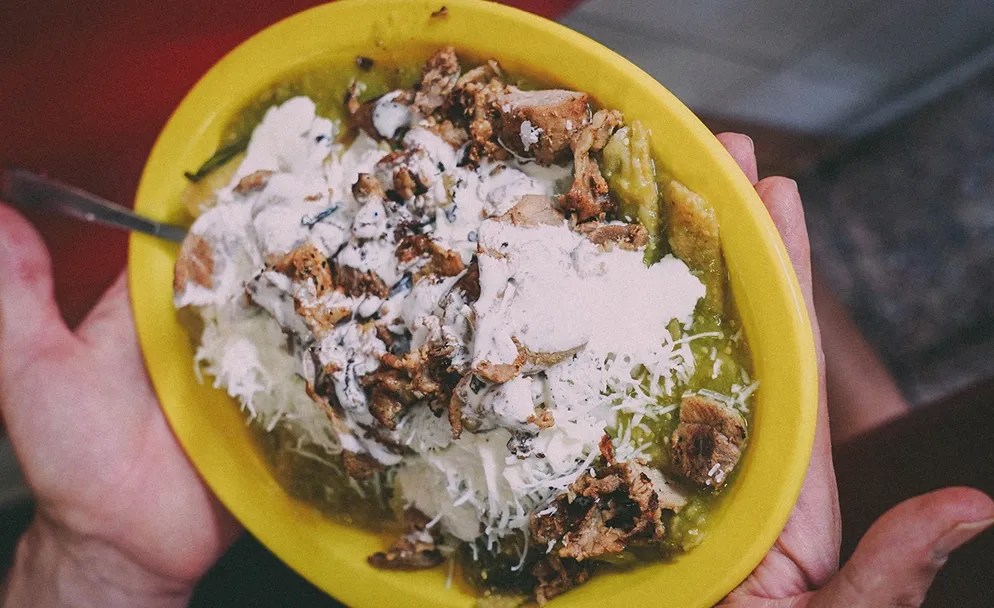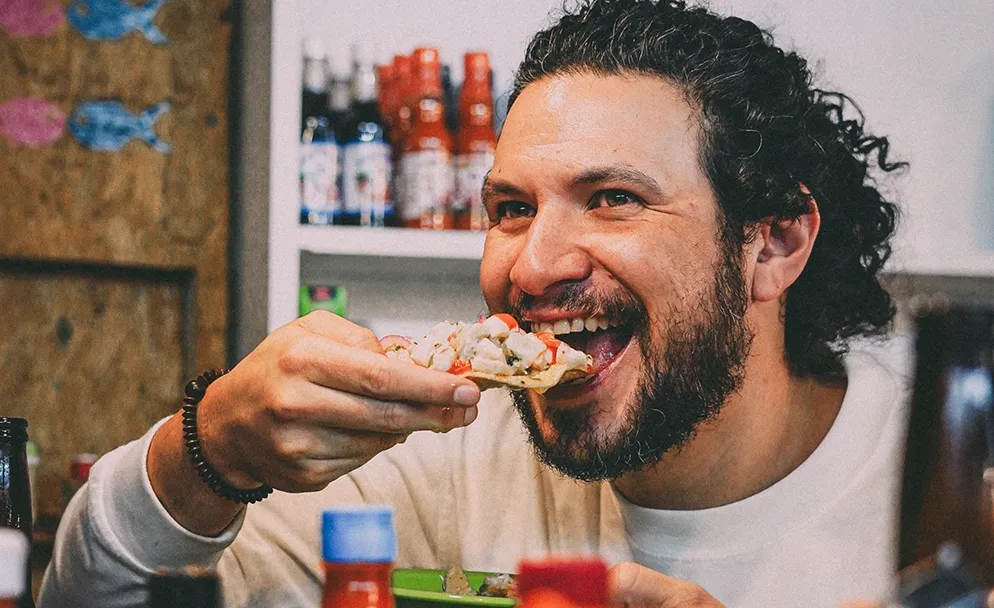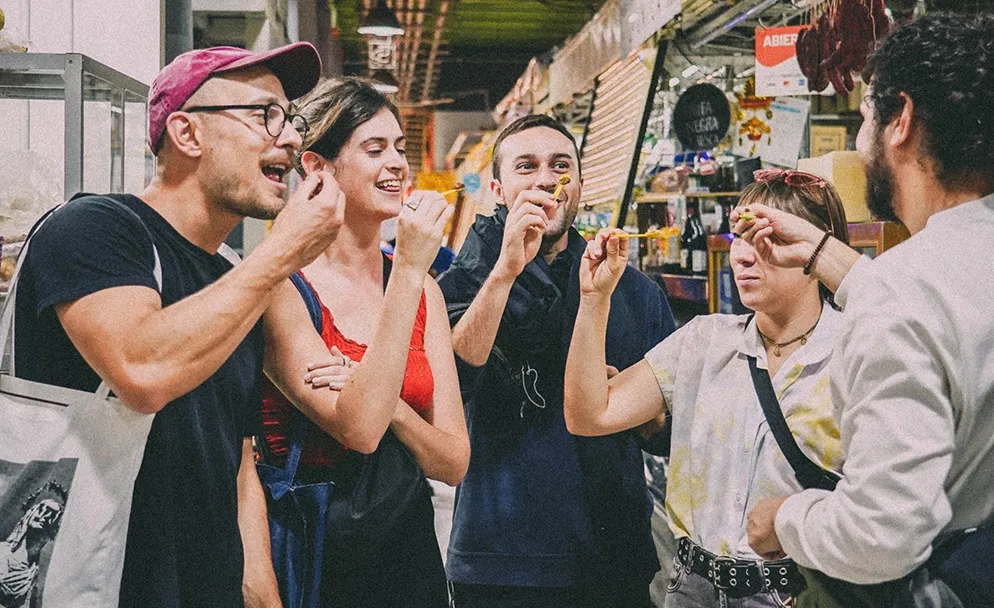Why Quito’s Street Food Is the Soul of the City
Walk through Quito early in the morning and you’ll smell the city before you see it — roasted corn, slow-cooked pork, wood smoke drifting through the cool Andean air.
Markets come alive with voices calling out “caserita, pruebe esto”, and every stall tells a story passed from generations.
This is where Quito’s identity lives: in the streets, the smells, and the hands of people who have been feeding their neighborhoods for generations. Forget guidebooks. The true map of Quito is drawn in flavor.
At Bondabu, we believe food is a language — one that speaks of migration, change, resilience, and joy. That’s why our Food Tour in Quito doesn’t just take you to eat — it takes you to understand.
What Makes Hornado one of the Stars of Ecuadorian Cuisine
If there’s one dish that defines the Ecuadorian highlands, it’s hornado. A whole pig marinated overnight with garlic, pepper, cumin, and some chefs include beer, roasted slowly until the skin turns glassy and crackling. It’s served with llapingachos (potato patties), mote (hominy), and a tangy aji criollo that cuts through the richness.
But hornado is more than a traditional dish — it’s a ritual. In markets like San Roque or La Ofelia, families have kept their recipes secret for decades, guarding the perfect balance of salt, patience and smoke.
Each bite carries the history of the Andes: a fusion of Indigenous, Spanish, and mestizo traditions that turned a simple meal into a cultural statement.
Where to Eat the Best Hornado in Quito (Local Markets You Can’t Miss)
The best hornado isn’t found in restaurants with white tablecloths — it’s found where the stories are.
Mercado San Roque – chaotic, loud, and full of energy. You’ll meet Doña Mary, who’s been serving hornado since the 1970s. Locals line up by instinct.
Mercado La Ofelia – up north, families gather for Sunday hornado. Tender meat, perfectly crisp skin, and the laughter of three generations sharing a meal.
Mercado Santa Clara – the heart of the city, where tourists and locals mix. Come early to catch the morning crowd and the smell of aji criollo being made fresh.
These markets are not tourist attractions — they are living, breathing spaces of community. They remind us that real luxury is time, authenticity and connection.
For a deeper dive into Quito’s local culture, explore our piece on The Best Markets In Quito
.
The Real Story Behind the Crackling: A Recipe of History and Resistance
Every tradition in Latin America carries a trace of resistance. Hornado, born from necessity and creativity, became a way for Indigenous and mestizo families to reclaim identity through flavor.
The slow roasting process — hours of patient turning — mirrors the slow endurance of a culture that never forgot its roots. Each celebration, each Sunday meal, is an act of memory and pride.
When you share a plate of hornado with a stranger, you’re not just eating, you’re participating in a centuries-old conversation about belonging.
Join a Food Tour in Quito to Taste Hornado Like a Local
Travelers often ask us: “Where can we find the most authentic food in Quito?”
Our answer: with the people who make it for love, not for show.
Our Quito Food Tour takes you through the markets and backstreets where locals truly eat — guided by people who live this city, not just work in it. You’ll meet vendors, learn their stories, and of course, taste hornado the way it was meant to be eaten: hot, spicy and shared.
Each experience includes tastings, drinks, and all the little surprises that make Quito unforgettable.
A Dish That Connects People and Places
Hornado is a reminder that the best travel experiences aren’t about luxury — they’re about connection. About sitting shoulder-to-shoulder at a market table and realizing that stories, like flavors, are meant to be shared.
Quito’s beauty isn’t only in the colonial churches — it’s also in its kitchens, its laughter, its crackling pork skin.
And that’s the Quito we want you to taste.
Hungry for the real Quito?
👉 Join our Food Tour in Quito and discover how the city’s most traditional dish reveals its most authentic side.
